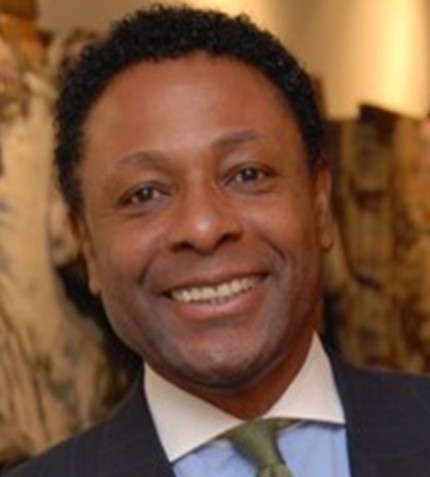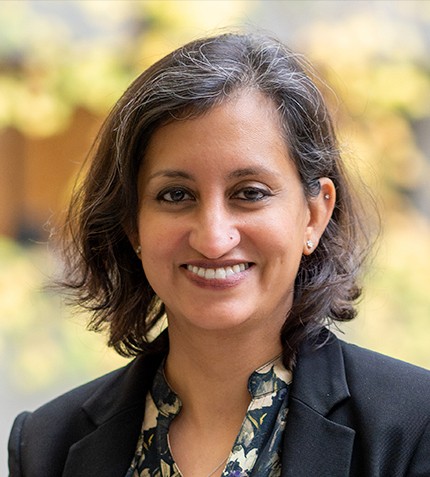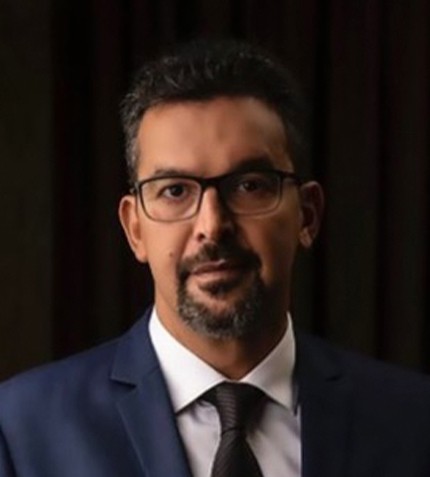
"Even in 2008 in the wake of the financial crisis, the climate for gold was not quite as optimistic as it is now. To put it simply, all the attributes for a bull run are tremendously lined up for significantly higher gold prices."
Keith Spence
PRESIDENT & CEO, GLOBAL MINING CAPITAL CORP.
From an investment point of view, how do you view the current state of the gold market?
We are very bullish on gold in the short, medium and long term. To step back, when gold fell by US$200/oz due to the COVID-19 liquidity crisis in mid-March, it surprised a lot of people. However, this was just a temporary situation, and the speed of the subsequent bounce back is indicative of the momentum gold has. I cannot remember the last time I felt such strong convictions. Even in 2008 in the wake of the financial crisis, the climate for gold was not quite as optimistic as it is now. To put it simply, all the attributes for a bull run are tremendously lined up for significantly higher gold prices.
What are the main factors contributing to the current bull run?
There are six major factors contributing to the current bull market. Number one, gold is a natural hedge for both inflation and deflation. The opportunity cost for holding gold is very low right now in a deflationary situation. Interest rates are near zero in the US and negative in some areas of Europe, so currencies are not paying the interest that previously gave them an advantage over gold. Secondly, if you have money and you are looking to invest in a safe haven instrument, the only choices are now gold or the US dollar. The Euro and the Pound sterling have lost their luster, as has the Japanese Yen. Gold and the US dollar now are the usual “flights to safety” instruments, but the federal reserve is printing trillions of dollars to provide relief for the crisis, which will debase and devalue the US currency. In such a scenario gold is the clear winner. The third factor is geopolitical, specifically tension between China and US, which has evolved from simply trade tariffs and protectionism, to the US now claiming that China is culpable in the spread of the coronavirus. Fourthly, Central Banks are increasing their purchases of gold. The fifth factor is the supply factor, as there has been limited large-scale exploration success in the past decade. Lastly, the demand factor, which historically has come from Asia – particularly the Indians and Chinese – and despite the Indian wedding season being impacted by the pandemic, the upward trend of gold will see a scramble for physical gold. In China the government actively encourages its citizens to hold gold in their personal portfolios and Chinese and Hong Kong retail buyers have been grabbing any retail gold bars that become available.
You divide your time between Global Mining Capital’s offices in Toronto and Beijing and work directly with Chinese investors. What is your take on the rising tensions between Western powers and China?
Even before the coronavirus outbreak, we had noticed escalating tensions and the current context has inflamed the situation. China has the largest foreign reserves in the world, ranging between US$3 trillion and US$4 trillion, a significant portion of which are held in US dollars and short-term US instruments and obligations like treasury bills. Some US Congressmen and Senators are arguing that China should pay compensation for their handling of the coronavirus outbreak, due to the decision to allow flights out of Wuhan as the virus began to spread. One suggestion has been cancelling the debt and keeping hold of the Chinese foreign reserves held in the US. If threats like this come to fruition, it would almost be a declaration of war.
China has not diversified its foreign reserves by investing in gold to the same extent as countries such as the US (which holds by far the most) and Germany. Now, it makes sense for the Chinese to invest more in gold and, if they do, the market will move very quickly.
Do you think the recent acquisition of TMAC Resources by Shandong Gold Mining is indicative of the Chinese becoming more active in gold M&A?
Right now all Chinese mining companies, headlined by the big four gold producers – Zijin, Shandong, Zhaojin, and China National Gold – usually sell their gold production to the Chinese government. Shandong is a provincial state-owned company, and already had a JV with Barrick in Argentina. They have been looking for acquisitions in tier-one jurisdictions such as Australia and Canada, and the TMAC acquisition is the rolling out of this play. Shandong got the acquisition for a really good price, so as a pure company decision it was a good investment, but it is also a strategic play for China, which is looking for more direct sources of gold. I can see Chinese companies making further acquisitions, but how quickly that happens is the question, due to the current geopolitical environment.
If the Chinese are going to diversify in gold there are two ways to do it – investing in bullion or buying gold mining companies. Even before the COVID-19 crisis, getting hold of bullion was a challenge, and this dearth of supply has been heightened to the point where it is easier for large investors to buy the gold in the ground, by buying a company.
Where do you see investment dollars flowing for those looking to make a return in the next 12 months?
At the moment, the seniors are trading at high multiples, despite not meeting quarterly production targets due to the pandemic. The major companies such as Barrick, Newmont and Franco Nevada, or even the next level down such as Kinross, still have a long way to go up. Normally, the market is for specialist investors, but as gold rises, the generalists are tepidly coming back and the big funds focus on companies with a name and quality. We are already seeing this trend, and it should only gather pace. I see the current wave of M&A focusing on the senior and mid-size markets, but as it always does in a bull run, the juniors will eventually have their time in the sun. When it does reach the juniors, this is when those in the know can make serious returns.
What advice would you give to advanced-stage juniors and those currently in development?
Global Mining Capital Corp focuses on this niche, particularly near-development and early production and for those that have not received financing yet. I would suggest that you focus on updating your feasibility study with a more realistic gold price in mind. Furthermore, always focus on the costs, making sure the AISC is low, as this is one factor you can control. Make sure you have good governance at a corporate level, with an independent director leading the board. Finally, corporate social responsibility is absolutely fundamental. Even if gold prices are high, if you have issues in the community, you will not have bankers lending you money and a high percentage of financing to build a mine is debt.










